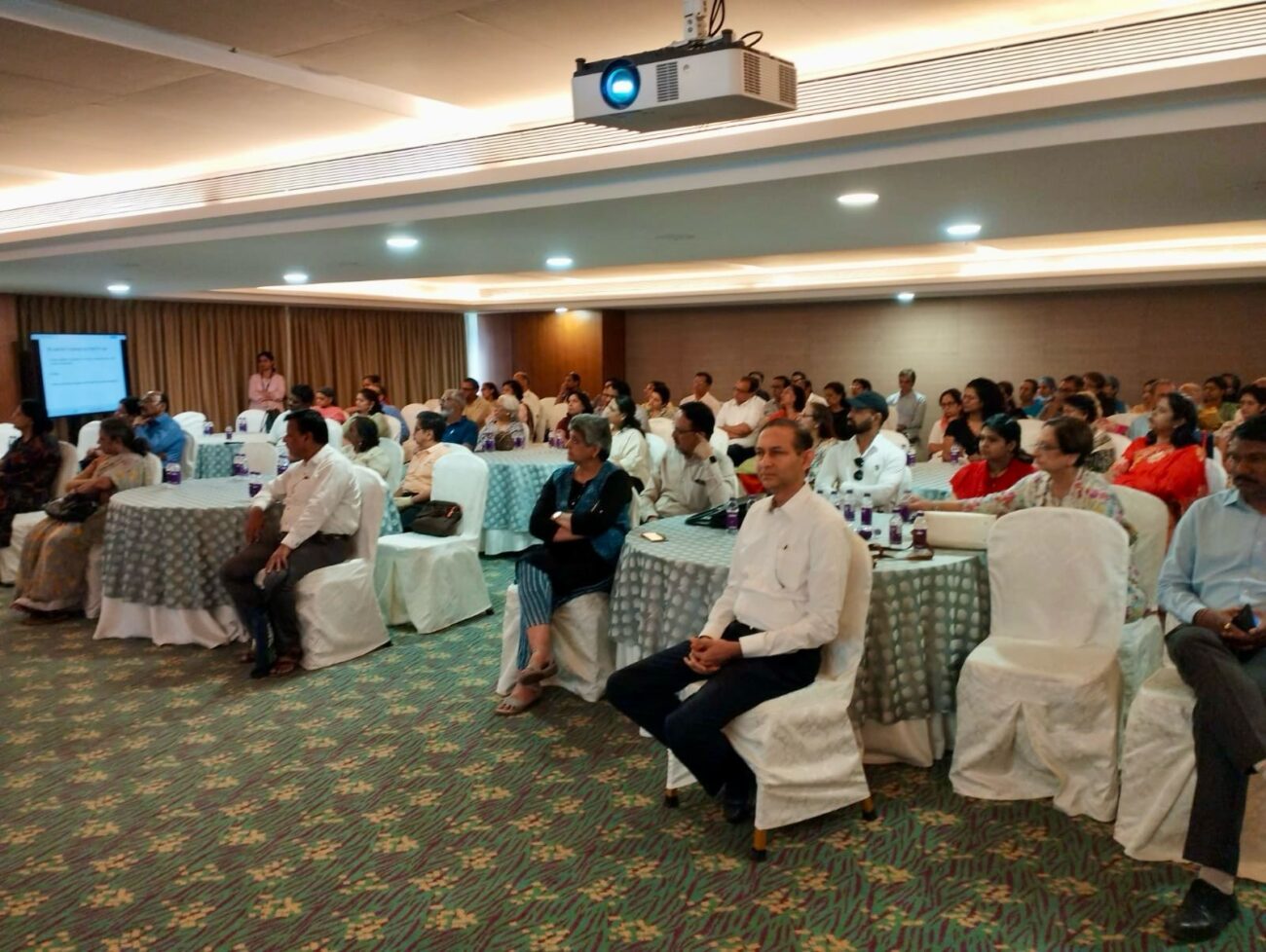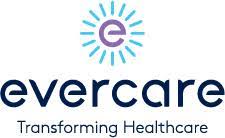Clot Lysis After Heart Attack And Save Life During Early Hours: Past, Present & Future- Dr Naresh Sen
Coronary artery disease (CAD) is major cause of death in India due to horrible complications of CAD is ST segment elevation myocardial infarction (STEMI) or heart attack and sudden death. Reperfusion is the final strategy in acute STEMI care
Coronary artery disease (CAD) is major cause of death in India due to horrible complications of CAD is ST segment elevation myocardial infarction (STEMI) or heart attack and sudden death. Reperfusion is the final strategy in acute STEMI care and it is time dependent. Mortality and morbidity are the result of ischaemia, causing pump failure, ventricular arrhythmia, and cardiac rupture. Fibrinolytic therapy, also known as thrombolytic therapy, is used to lyse acute blood clots by activating plasminogen, resulting in the formation of plasmin, which cleaves the fibrin cross-links causing thrombus breakdown. tPA (tissue plasminogen activator), alteplase, reteplase, streptokinase, tenecteplase, urokinase. Approximately 59% received thrombolytic therapy and only 9% underwent percuteneous coronary intervention (PCI) during their hospitalization, suggesting substantial room for improvement in the use of acute perfusion therapy in STEMI patients in India. Cardiovascular disorders are the major cause of morbidity & mortality globally as well in India. In 2008, out of the 57 million deaths globally; around 63% (i.e., nearly 30 million deaths) were due to non-communicable diseases.
Commonest cause of acute myocardial infarction is coronary artery occlusion from plaque vulnerable to rupture or its erosion. Thrombotic process reduces microcirculatory perfusion by reduced coronary artery flow through epicardial vessels stenosis and by distal embolization of thrombus. This pathophysiology produces the rationale for fibrinolytic and antithrombotic therapies, whereas residual epicardial stenoses are target for percutaneous and surgical revascularization approaches. Early reperfusion therapies can prevent detectable myonecrosis. Aborted myocardial infarction is seen in up to 25% of patients treated within 1 h of symptom onset with thrombolysis. The key to successful outcomes in treating heart attack is short times of treatment. The longer the time to treatment, the more damage occurs to the heart muscles. Each minute’s delay in reperfusion affects mortality. In a situation like that in rural setting, an alternative to primary PCI was to encourage peripheral hospital thrombolysis. Thus, thrombolysis could be an important strategy in patients unable to receive primary angioplasty in myocardial infarction (PAMI) after STEMI within 1 h of first medical contact. Thrombolysis still seems to have an important part to play in the management of patients with STEMI especially in those who cannot reach a PCI center quickly. Self-awareness in rural population is increased due sudden deaths preceded by chest pain and physicians are available at nearby taluka. We report in details the role of thrombolysis in STEMI patient at rural setting.
The optimal goal of any system is to facilitate rapid recognition of symptoms and treatment of patients with STEMI such that the medical contact-to-needle (door-to-needle) time for initiation of fibrinolytic therapy is ideally achieved within 30 min (or) the medical contact-to-balloon (door-to-balloon) time for PCI is achieved within 90 min. In India, the CREATE registry reported that the median time to reach a hospital was 300 min and the proportion of STEMI patients undergoing PCI was only 8%. Therefore, as per the ACC guidelines on STEMI management, the patients with acute MI who are suitable candidates for fibrinolytic therapy, should be thrombolysed as soon as possible, ideally within 30 min of first medical contact.
THROMBOLYTIC THERAPY
Fibrinolytic therapy is used in the treatment of a ST segment elevation myocardial infarction (STEMI), acute stroke and other less common indications such as pulmonary embolism , prosthetic valve thrombosis and peripheral artery occlusion , acute deep venous thrombosis. During STEMI, fibrinolytic therapy must be instituted within 24 hours of symptom onset. After this time frame, fibrinolytic therapy is contraindicated and likely will not be effective. Note that fibrinolytic therapy is always given simultaneously with anticoagulation using unfractionated heparin or low molecular weight heparin.
Contraindications
When the decision to treat a patient experiencing a STEMI with fibrinolytic therapy is made, because primary PCI is not available in a timely fashion, contraindications must be considered; suspected aortic dissection, active bleeding (excluding menses) or a bleeding diathesis are contraindications to fibrinolytic therapy. Generally, if there is high risk for intracranial hemorrhage (ICH), defined as greater than 4%, fibrinolytic therapy is contraindicated as well, and primary PCI is preferred (class I
Thrombolytics in AMI – pivotal trials
In the GISSI trial, at 21 days there was 18% reduction in overall hospital mortality following the administration of SK compared with the control group (p = 0.0002). Likewise in randomized trial of intravenous SK, oral aspirin, both, or neither among cases of suspected AMI demonstrated that streptokinase and aspirin alone give significant reduction in 5-week vascular mortality. Also the combination was better than either agent alone. But SK was associated with excess of bleeds requiring transfusion, intracranial hemorrhage and non-fatal reinfarction if used alone.
Newer thrombolytic agents have been developed in order to provide longer half-life to enable bolus administration, fibrin specificity, and to be resistant to natural inhibitors such as plasminogen activator inhibitor-1 (PAI-1). Following the breakthrough discovery of SK in the treatment of patients with AMI and the emergence of novel agents, the attention shifted to determine which thrombolytic agent was the best. The GUSTO (Global Use of Strategies to Open Occluded Coronary Arteries), GISSI-2 and ISIS-3 investigators compared intravenous SK and t-PA in the treatment of AMI. The GISSI-2 trial consisting of 12,490 patients demonstrated that SK and tPA were equally safe and effective in AMI and did not demonstrate specific differences between the two thrombolytic agents (tPA vs. SK) with regards to the combined endpoint of death and severe left ventricular damage (23.1% vs. 22.5%). Although major bleed was significantly higher in SK and heparin-treated patients (tPA 0.5% vs. SK 1.0%), the overall incidence of stroke was similar in all treatment groups.
When the patients receiving SK as the thrombolytic agent were evaluated within GUSTO II, a striking reduction in mortality and other adverse events was evident. These results were consistent with angiographic studies, which showed that a direct thrombin inhibitor in combination with SK results in a substantially higher rate of TIMI grade 3 flow than SK and heparin in combination. The GUSTO IIb direct angioplasty sub-study was performed to provide a broader perspective on the comparison between direct angioplasty and thrombolysis with accelerated administration of t-PA. Though at 30 days of follow-up, the composite endpoint favored direct PTCA (9.6% vs 13.7%; p = 0.03), but by 6 months approximately half of that benefit was lost. This result is consistent with the open artery concept that direct angioplasty was superior to thrombolytic therapy, although the smaller than expected size of the difference raises questions.
In comparison with SK, ‘standard’ alteplase and accelerated alteplase administration, reteplase has been shown to produce a higher rate of TIMI grade 3 flow at 60 and at 90 min. This enhanced patency rate coupled with the convenience of a bolus administration provided an attractive approach to thrombolysis.
The superior results of catheter-based strategies of reperfusion, as compared with thrombolytic therapy, although not entirely durable over the long term, most likely relate to the fact that there is earlier and more complete restoration of myocardial blood flow than occurs with thrombolytic agents. Substantial increases in speed and persistence of reperfusion require better adjunctive agents such as direct antithrombins, which markedly improved the results obtained with SK, or inhibitors of platelet glycoprotein IIb/IIIa.
The GUSTO IV ACS study indicated that glycoprotein IIb/IIIa receptor blocker abciximab was not beneficial as first-line medical treatment in patients admitted with acute coronary syndromes without early coronary revascularization. The combination of abciximab in full doses and reteplase in half doses did not significantly reduce the rate of mortality at 30 days in patients with acute STEMI when compared with reteplase in full doses in the GUSTO V trial. A double dose reteplase (10 + 10 MU) utilized in the RAPID trial resulted in complete, rapid and sustained thrombolysis of IRA at 90 min and 5–14 day (63% vs. 49%, p = 0.019; and 88% vs. 71%, p < 0.001) compared with alteplase and improved regional and global left ventricular function at discharge. The RAPID II trial further confirmed the advantage of reteplase over accelerated alteplase in achieving higher rates of early reperfusion in the IRA and fewer acute coronary interventions.
The second generation thrombolytic anistreplase was compared in a study, where SK vs tissue plasminogen activator vs anistreplase and aspirin plus heparin vs aspirin alone were analysed in a randomized comparison among 41,299 cases of suspected AMI. The Aspirin–Heparin combination versus aspirin alone showed no significant medium-term survival advantage, slightly fewer deaths during heparin treatment, but may cease when heparin stops. Also no significant difference with respect to total stroke, excess of major non-cerebral bleeds or excess of definite or probable cerebral hemorrhage was observed. Anistreplase compared to SK showed no significant difference in reinfarction, similar 6 month survival, more allergy and slight excess strokes. rtPA compared to SK demonstrated no significant difference in mortality but fewer reinfarctions.
In addition to the GUSTO trial, other trials demonstrated that the accelerated alteplase infusion regimen administered over a 90-min period to be the preferred treatment strategy when compared with a double dose alteplase therapy due to slightly increased rate of intracranial bleeding in the latter group (1.12% vs. 0.81%). The phase I TIMI trial demonstrated that the administration of rtPA in patients with AMI resulted in reperfusion in twice as many occluded infarct-related arteries compared with SK during the first 90 min of initiation of treatment.
Another form of t-PA is the TNK mutant, which has both a longer half-life and markedly enhanced fibrin specificity. Angiographic trials had demonstrated an improvement in TIMI grade 3 flow comparing TNK with accelerated alteplase; and a safety study has shown promising evidence that intracranial hemorrhage is unlikely to be increased. In the TIMI 10B trial, TNK-tPA (40 mg) and alteplase produced similar rates of TIMI grade 3 flow at 90 min. Subsequently the ASSENT 1 trial (Assessment of the Safety and Efficacy of a New Treatment) demonstrated that the safety profile of TNK was comparable to alteplase. To examine the impact of modest improvements in perfusion, a large international trial was conducted comparing TNK and accelerated alteplase with an expected sample size of 16,949 patients in the ASSENT-2 trial.
The 30-day mortality rates were almost identical for the two groups – 6.18% for tenecteplase and 6.15% for alteplase. Rates of intracranial hemorrhage were similar but fewer non-cerebral bleeding complications and significantly less need for blood transfusion (p = 0.0002) were seen with tenecteplase.
Future:
Clot lysis is required in all conditions like that Myocardial infarction(STEMI), Ischemic Stroke, Pulmonary embolism, Valve thrombosis, deep vein thrombosis and peripheral artery stenosis with thrombus. Thombolytic therapy specially with third generation like Reteplase and Tenacteplase is required global approval after mass studies or clinical trials in future. So that we can save many lives in different cardiovascular emergencies .
Conclusion:
ST elevation myocardial infarction or serious heart attack is a major cause of death in India. Gold standard key is Coronary angioplasty with stenting for best reperfusion but unfortunately lack of awareness and poor economic status in urban areas and unavailability of cath lab or time delay for better management in rural areas; primary angioplasty is not possible for same. Second option is thrombolysis with third generation is beneficial for clot lysis and coronary reperfusion and its utility should be increased in rural areas or secondary level medical centres.





